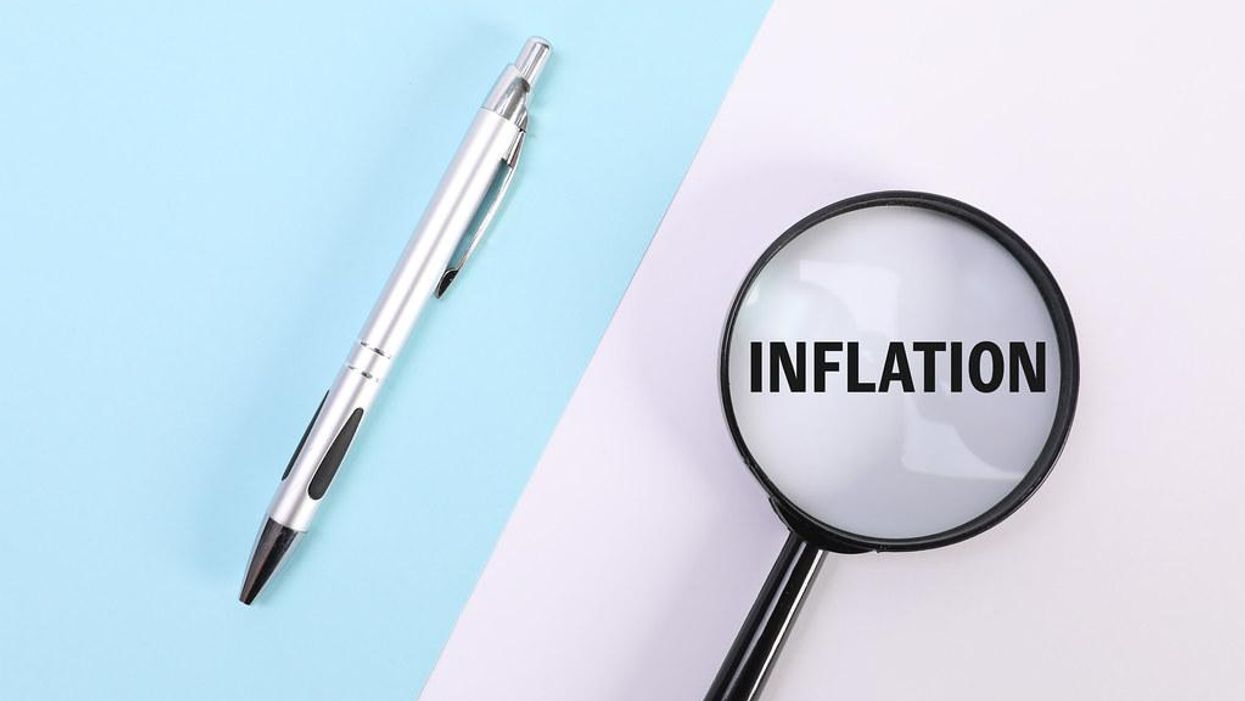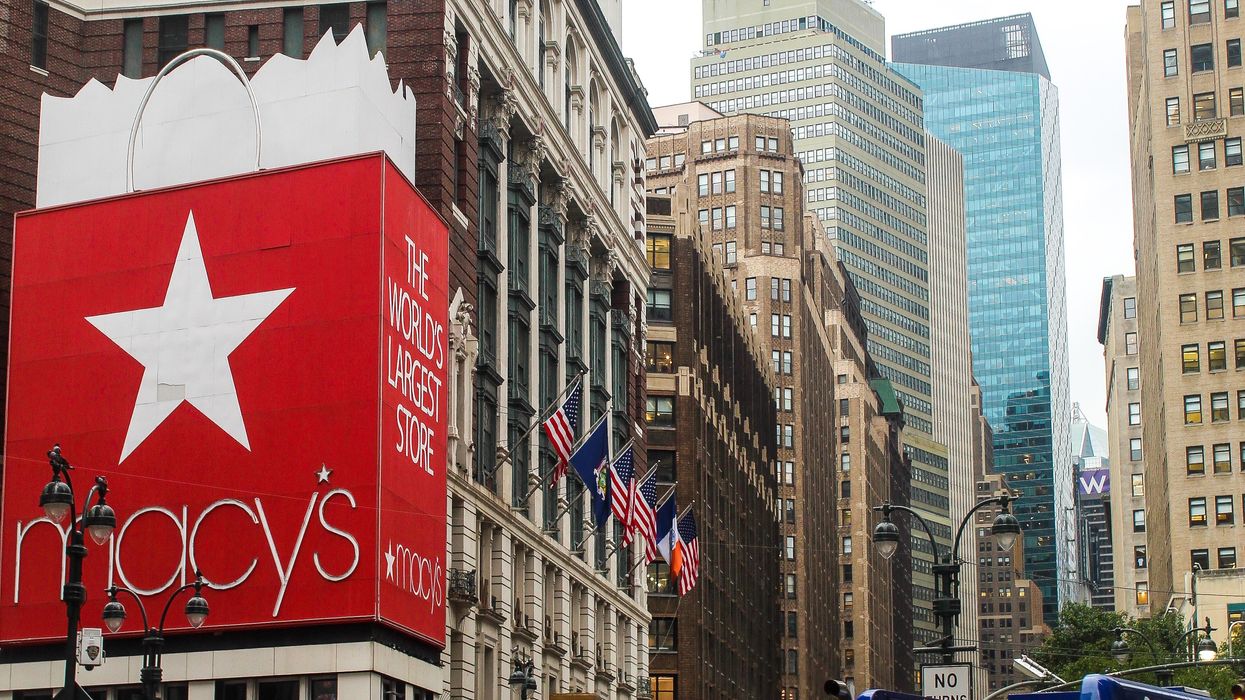So far, the narrative of ecommerce growth in the U.S. from 2019-2022 has gone like this: Ecommerce’s share of overall retail saw a huge spike at the height of the pandemic in 2020-21, when goods in general were in demand and online shopping was necessary to preserve health and safety. Experts looked out and saw a permanent exponential change in the penetration of ecommerce as a share of retail that would last beyond the pandemic. Then, in 2022, everyone went back to stores and the trendline came back to 2019 levels. Growth was no longer exponential. There was still growth, but it was not happening as fast as during the pandemic period.
With this in mind, it’s worth pointing out that 2023 is the first year that there likely won’t be a pandemic-influenced swing to influence ecommerce growth. It is also a year where demand has suffered challenges amid inflation and interest rate hikes.
So as we seek to determine the importance of ecommerce to overall retail, it’s worth it to continue taking a close look at what growth trends retailers are seeing now, whether ecommerce is remaining resilient amid consumer pullback and how retailers are preparing for the future.
The latest example arrived this week from Macy’s. It’s a fitting one for the times. Overall, Macy’s is seeing a slowdown as consumers pull back on discretionary purchases, with sales declining 7% in the first quarter versus the same quarter of 2022. Digital sales were down 8%.
Macy’s is particularly susceptible to the macroeconomic headwinds that many brands and retailers are facing, as spending among the middle-income consumers it counts as a primary customer base is particularly softening, said GlobalData Managing Director Neil Saunders.
But while ecommerce is slowing overall, the importance it gained to Macy’s business during the pandemic is remaining in place.
In 2019, ecommerce made up 25% of Macy’s revenue, CEO Jeff Gennette told analysts on the company’s earnings call. That jumped to a high of 44% in 2020. By 2022, digital reached 33% of sales after the pandemic boom. In the first quarter of 2023, it remained at 33%. So, while the trend line dipped after shoppers returned to stores, ecommerce share still settled in at a higher post-lockdown point than it was before the pandemic.
This came in a quarter in which traffic was “relatively good” across both online and in-store, Gennette said. It was “flattish” online, and slightly up in stores.
“We do expect that this is the reset year with the penetration between them,” Gennette said. “But we do expect more aggressive growth in digital in the future versus stores as we think about '24 and beyond. And that's going to be foisted by a lot of ideas and strategies.
Over the last year, the retailer has made investments in boosting ecommerce, even as shoppers returned to stores. In a bid to boost the assortment of goods available online, Macy’s launched a marketplace in September 2022 that welcomes goods from third-party sellers.
The marketplace had an “outstanding” first quarter, said Macy’s President Tony Spring, who is poised to succeed Gennette as CEO next year. Gross merchandise value increased over 50% when compared to the fourth quarter of 2022, while the average order value and units per order for marketplace customers was 50% above those not shopping at the marketplace.
Macy’s is continuing to build the marketplace even as it racks up sales. The retailer added 450 brands, ending the quarter with 950 brands.
This is helping to draw in new customers, as well as younger existing customers who are buying more items, resulting in increased basket size.
“We're very excited as to how marketplace is really attracting the Gen Z customer, particularly in categories where it was not economically feasible for us to carry in the past,” Gennette said.
In the end, Gennette said a strong digital and social presence is key to attracting younger consumers. That's a different type of shopper than other age groups.
“We know the younger customer starts first online,” Gennette said. That behavior will still be in place as the generation gets older, and gains more buying power in the process.
Going forward, Macy’s is seeking to expand the model to other retail banners in its portfolio. Bloomingdale’s will open a marketplace in the early fall.
The Macy’s ecommerce trajectory isn’t that different from the wider U.S. ecommerce narrative detailed above. With one quarter of 2023 data, there is evidence that ecommerce share settled out at a higher point after the pandemic than where it started before COVID arrived. There is flattening now, but the retailer is taking it not as a sign of a slowdown, or a signal to change course. Rather, it sees changing consumer behavior as a reason to build for the future.












